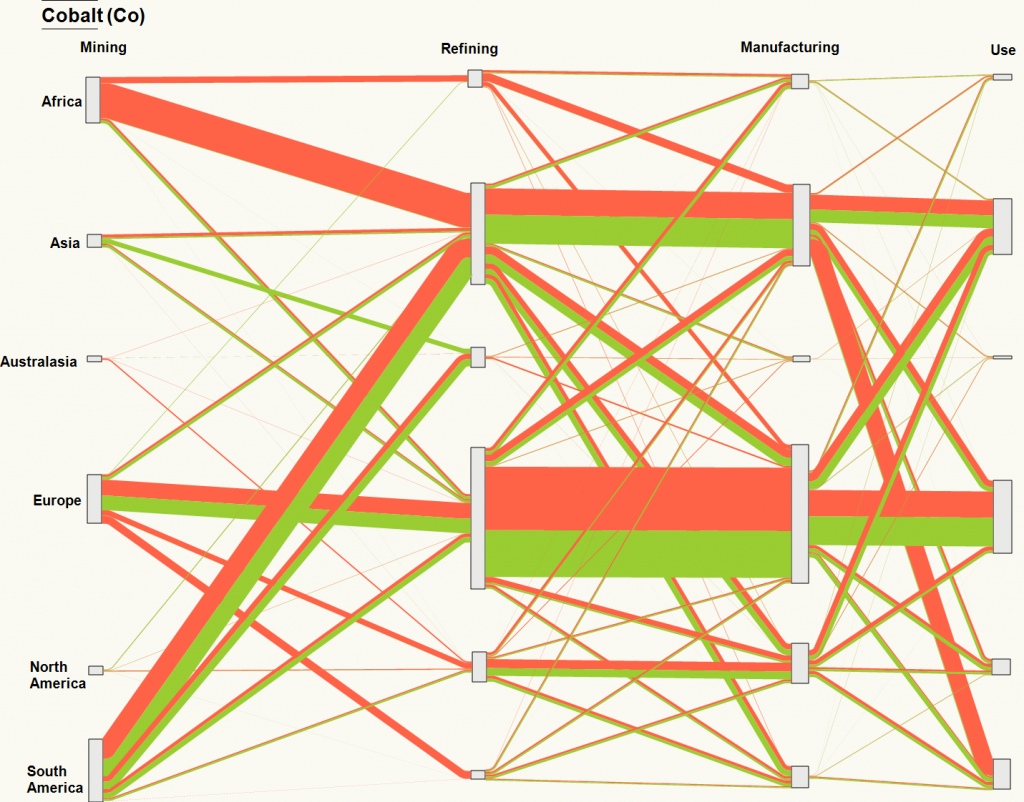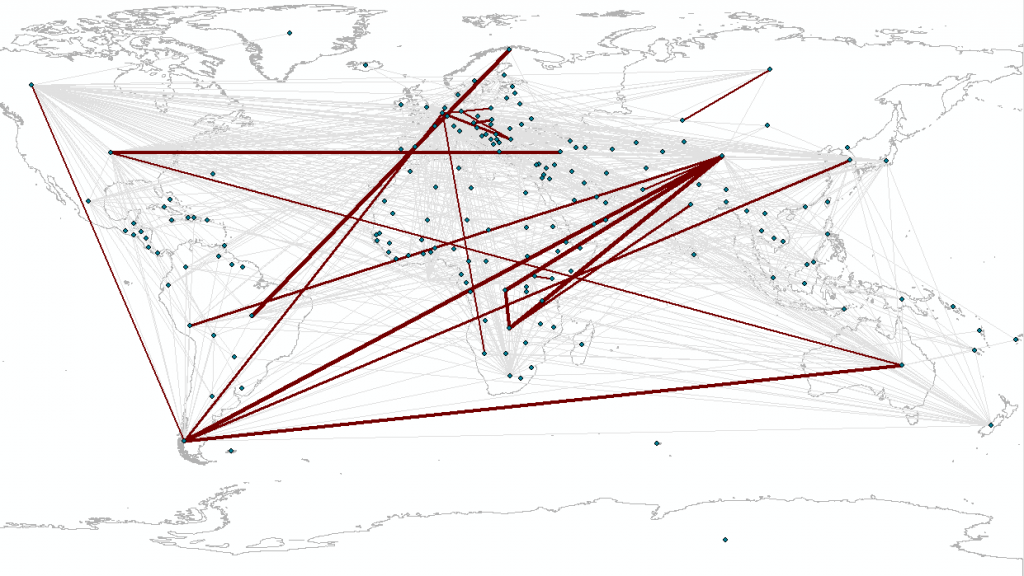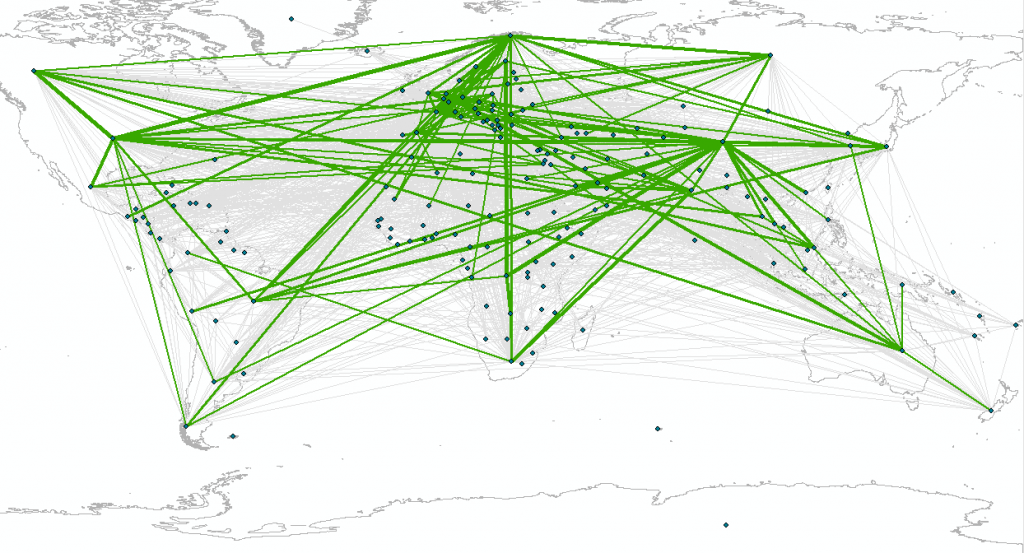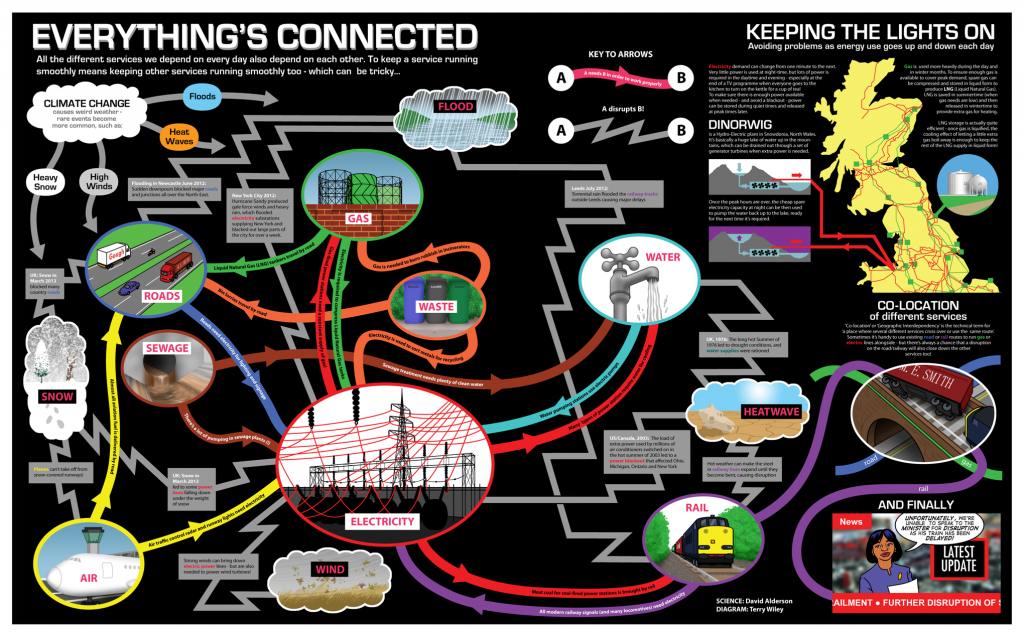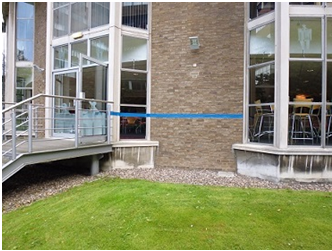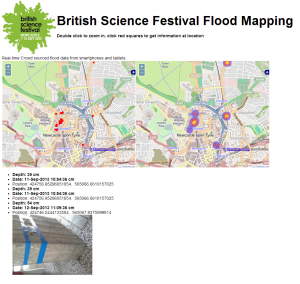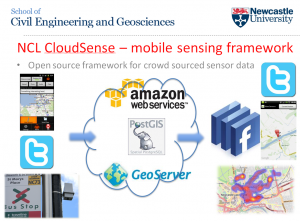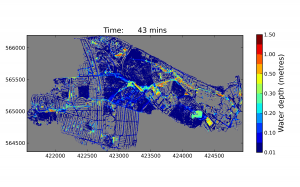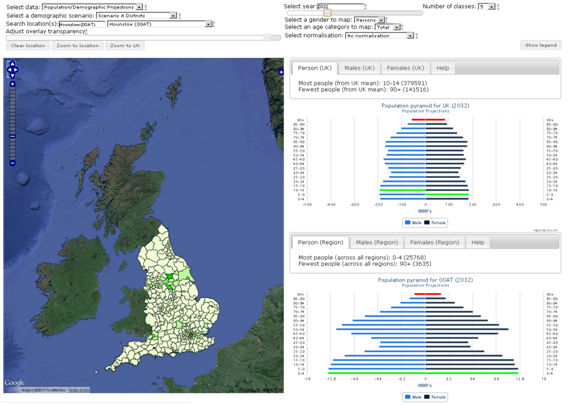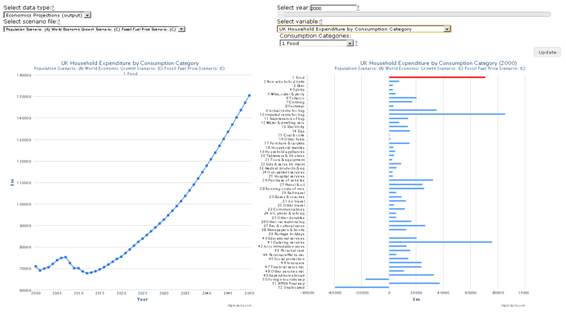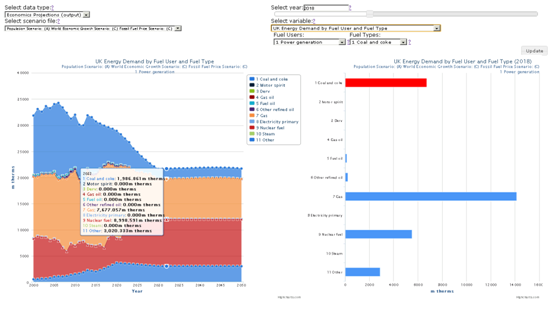The end of September saw Dr Stuart Barr, Mr Alistair Ford, Mr David Alderson and Mr Craig Robson from the Geospatial Engineering group attend the second International Symposium for Next Generation Infrastructure 2014 conference, this time held just outside Vienna, Austria. All in attendance were either contributors to, or presenters of, papers that had been accepted by the academic committee for the conference. Whilst the proceedings for this year’s conference may not be available just yet, the following presentations were delivered by the team based on the accepted papers:
– Visualisation tools for multi-perspective, cross-sector, long-term infrastructure performance evaluation (Lead and Presenting Author: David Alderson; Co-Authors: Dr Stuart Barr, Dr Martino Tran (Oxford), Professor Jim Hall (Oxford), Mr Adrian Hickford (Southampton), Mr Edward Byers
– Simulating impacts of extreme weather events on urban transport infrastructure in the UK (Lead and Presenting Author: Mr Alistair Ford; Co-Authors: Professor Richard Dawson, Miss Maria Pregnolato, Dr Stuart Barr, Dr Katie Young (Oxford), Professor Jim Hall (Oxford)
– Resilience of hierarchical critical infrastructure networks – (Lead and Presenting Author: Mr Craig Robson, Co-Authors: Dr Stuart Barr, Mr Philip James, Mr Alistair Ford)
For those with a general interest in the overall programme at the conference, please following this link: http://www.ucl.ac.uk/steapp/isngi.
UPDATE (August 2015): Proceedings have now been released.
Whilst attending the conference, the presentation delivered by Dr Roberta Piccinelli from the Institute for the Protection and Security of the Citizen Security Technology Assessment Unit (European Joint Research Centre), was of particular interest. Roberta presented a first-pass approach to model the potential impacts of space weather events on an abstract model of the Finnish electricity network. This was of particular interest to those of us working as part of the UK Infrastructure Transitions Research Consortium (UK ITRC), as it represented an area of study that has not been specifically handled thus far within the consortium i.e. the impact of space weather. To this end, a channel of dialogue between NCL-based researchers and Roberta has been established, with a view to sharing ideas, data and understanding what pure potential there is for collaboration. A link to the paper abstract submitted by Roberta can be found at: https://www.ucl.ac.uk/steapp/isngi/programme/analysisofthevulnerability.
Further to this, Peter Bakker, President and CEO of the World Business Council for Sustainable Development (WBCSD) (http://president.wbcsd.org/about-peter-bakker.html), gave a particularly engaging and “rabble-rousing” speech at the close of the first day of the conference. Peter spoke candidly about the deficiencies of the current systems in place to promote and measure sustainability, and particularly highlighted the need to engage with business leaders around the world in relation to promoting sustainability within an infrastructure context.
At the start of the second day of the conference, Professor Bruce Beck from the University of Georgia presented some ideas on using concepts from ecology to understand resilience in cities. In a wide-ranging talk, he examined the resilience of natural systems and considered how similar ideas could be applied to engineered systems (e.g. the idea of flood resilience versus flood resistance – allowing floods to happen but being resilient to them), or allowing systems to learn from small events so they are ready for big ones.
In an interesting parallel to work undertaken by the Geospatial Engineering group as part of the EPSRC ARCADIA project, Simon Blainey from the University of Southampton presented his work with Oxford University on disruptions to the railway network in the UK. Using a simple assignment model based on observed exits and entries to UK railway stations, he showed how the number of journeys on each part of the UK rail system could be estimated. This could then be used to assess the criticality of railway lines in the network and as a basis for understanding ways to increase the resilience of the network. In the ARCADIA project a similar approach was used to examine the possible impacts of extreme heat and rainfall events on transport networks in the UK.
From the first of a number of sessions with the theme of infrastructure and extreme events the work presented by Arthur Peterson on adapting for future flooding events in the Netherlands, was one of a small number which looked at planning aspects for prevention rather than analysing the potential consequences of extreme events. A well-known problem for the European country, the talk addressed how they are looking ahead to prevent flood inundation and the difference in approaches between the recent introduction of the Adaptive Delta Management Plan and that which led to the first set of major works in 1953. It was interesting to see the approaches that have been adopted in establishing a plan where there are significant uncertainties in the available data, e.g. for sea level rise, especially for those who are unfamiliar with this aspect of extreme events.
In the second of the infrastructure and extreme event sessions one of our former researchers, Tomas Holderness, along with one of his new colleagues from the SMART institute, Etienne Turpin, gave a talk on the work they have been carrying out in relation to actively reducing the consequences of flooding due to monsoons in Jakarta, Indonesia (http://petajakarta.org/banjir/en/). In a unique presentation for a number of reasons, they together presented the framework they have established based on the social media platform Twitter, a way in which in real time not only authorities can be informed where and when flooding is occurring in real time, but also allows the public to see the same information and avoid the flooded areas, potentially saving lives, with the biggest killer being electrocution from the water. It was refreshing to see some research where the application was in real-time with lives being saved as a direct consequence instead of a scenario based set of action plans.

